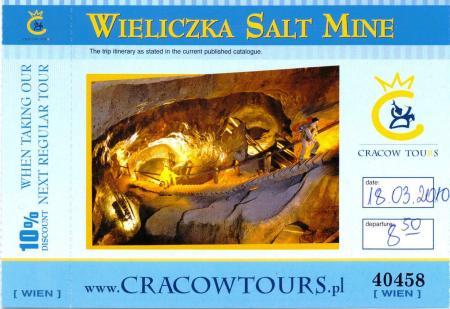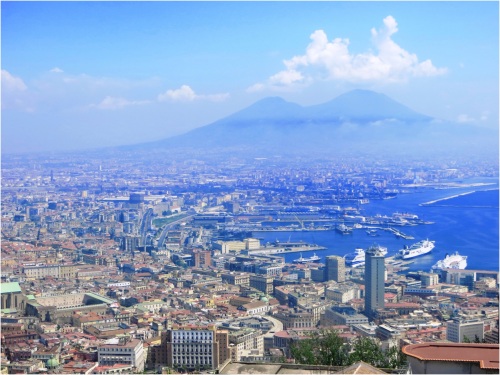
My friend Dai Woosnam often chastises me for being too eager to jump on a plane and fly to Europe when there are so many places in England that I have so far neglected to visit. He is astonished for example that I have never been to the city of Bath and to be honest I am astonished myself that I have never visited the city of Bath.
My excuse for not visiting Bath is that it is two hundred miles away but I have no good reason not to have visited the town of Newark-on-Trent in Nottinghamshire which is about thirty miles away and I bypass it regularly as I drive to visit my family in Derbyshire. I have often stated my intention to go but just never got around to it.
Then suddenly one sunny morning I decided that I would do it because for some time I have wanted to visit the National Civil War Museum and the market town with a manufacturing and transport heritage which also has a ruined castle and a long and interesting history. All of the things that I like.

My visit began with a walk around the main square which today was host to the weekly Saturday market which was busy and vibrant and I scratched my head in disbelief that I had never been to this fine place with an eclectic mix of medieval, Georgian and modern buildings almost as though York meets Cheltenham meets Coventry.
The town has always been geographically important because it sits at the crossroads of the Great North Road (the A1) and the Fosse Way (A46) and provided an important crossing point over the River Trent. It is almost certain that there was a Roman garrison here but here is no archaeological evidence of that because the whole of the Trent Valley has always been subject to severe flooding and anything the Romans left behind will almost certainly be at the bottom of the North Sea.
A Roman service area on the Fosse Way…
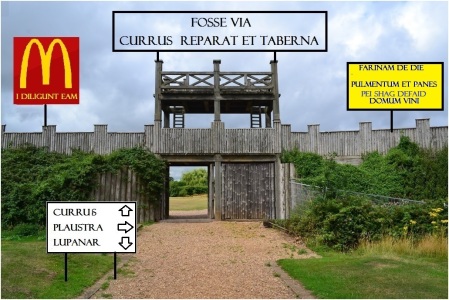
To measure the importance of a place I like to see how far the name has travelled and in the USA for example sixteen states have their own Newark – Arkansas, California, Delaware, Illinois, Indiana, Maryland, Missouri, Nebraska, New Jersey, New York, Ohio, South Dakota, Texas, Vermont, West Virginia, Wisconsin and Vermont.
I may have mentioned before that I am not an enthusiastic shopper so I moved on. Close to the Market is the Church of St Mary Magadalene, one of the largest in the County and notable for the tower and the octagonal spire which at two hundred and thirty six feet is the highest in Nottinghamshire and claimed to be the fifth tallest in the United Kingdom.

As I explored the various areas of the church looking at the usual things that you do in a religious house I came across an interesting memorial stone laid into the floor of the nave…
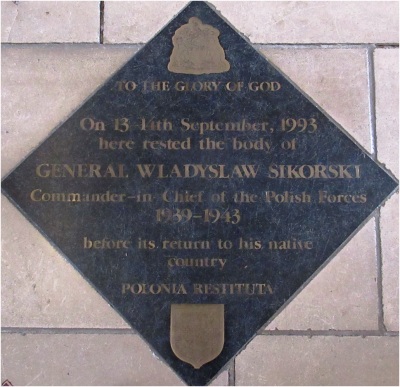
Who was General Władysław Sikorski I wondered and what was he doing here in Newark-on-Trent?
It turns out that he was a very important man indeed. During the Second World War, Sikorski was Prime Minister of the Polish government-in-exile in London and Commander-in-Chief of the Polish Armed Forces.
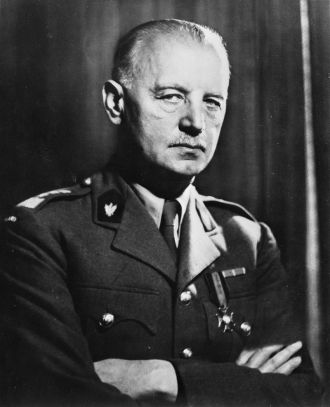
In July 1943 he made a visit to Polish troops in North Africa but on his return the plane carrying him tragically plunged into the sea immediately after take off from Gibraltar, killing all on board except the pilot. The exact circumstances of Sikorski’s death remain unclear, continue to be disputed and have given rise to a number of different theories surrounding the crash and his death including sabotage and assassination. Sikorski had been the most important leader of the Polish exiles and his death was a severe setback for the Polish cause.
His body was returned to England and Sikorski was buried in a brick-lined grave at the Polish War Cemetery at Newark-on-Trent.
Why Newark-on Trent? Well, during the Second World War there were a number of RAF stations within a few miles of Newark from many of which operated squadrons of the Polish Air Force. A special plot was set aside in Newark Cemetery for airmen burials and this is now the war graves plot where all of the three hundred and ninety-seven Polish RAF caualties and burials were made.
According to Wiki – “A total of 145 Polish fighter pilots served in the RAF during the Battle of Britain, making up the largest non-British contribution. By the end of the war, around 19,400 Poles were serving in the Polish Air Force in Great Britain and in the RAF”
It is a shame that certain sections of English society make such a negative fuss about Polish immigrants today.
In accordance with his wishes General Sikorski’s remains were returned to Poland in 1993 to the royal crypts at Wawel Castle in Kraków but there is still a memorial to him at Newark.
Click on an image to scroll through the Gallery…
Next time in Newark I am at the National Civil War Museum and the Castle.







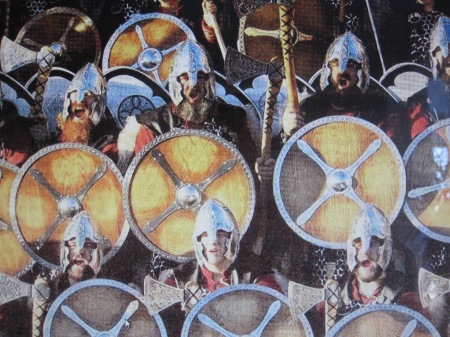





 After a while we arrived at the factory, which was being converted into a museum but as the project was way behind schedule there was only a temporary exhibition to look around.
After a while we arrived at the factory, which was being converted into a museum but as the project was way behind schedule there was only a temporary exhibition to look around.